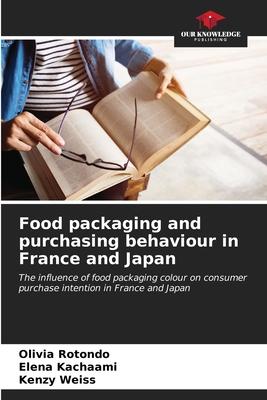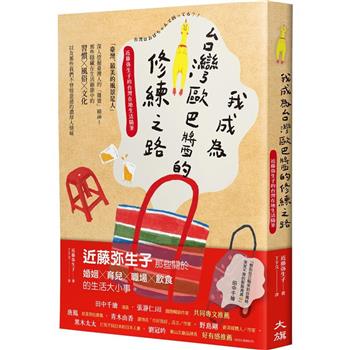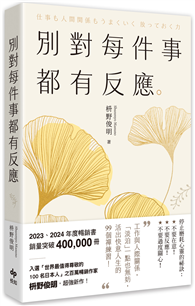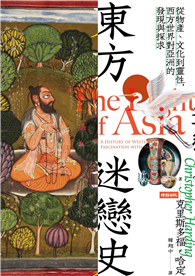The primary objective of this dissertation is to understand the influence of food packaging colour on consumer behaviour and expectations in both France and Japan. At the same time, the aim is to identify any differences in the way colours are interpreted within these two cultures. Consumers’ requirements in terms of packaging colour vary according to their values and, above all, their culture. Colours provoke sensations and emotions that vary from one individual to another, and above all from one culture to another. These same sensations, whether positive or negative, depend on the consumer’s experience and the cultural codes acquired throughout his or her life. Quite naturally, "colour exerts psychological and physiological effects on the individual" that unconsciously influence behaviour. Marketing and packaging experts therefore have every interest in attaching importance to colour, which, if used wisely, will have a very positive effect on the sales of food products.
| FindBook |
有 1 項符合
Food packaging and purchasing behaviour in France and Japan的圖書 |
 |
Food packaging and purchasing behaviour in France and Japan 作者:Rotondo 出版社:Our Knowledge Publishing 出版日期:2024-02-20 語言:英文 規格:平裝 / 52頁 / 22.86 x 15.24 x 0.3 cm / 普通級/ 初版 |
| 圖書館借閱 |
| 國家圖書館 | 全國圖書書目資訊網 | 國立公共資訊圖書館 | 電子書服務平台 | MetaCat 跨館整合查詢 |
| 臺北市立圖書館 | 新北市立圖書館 | 基隆市公共圖書館 | 桃園市立圖書館 | 新竹縣公共圖書館 |
| 苗栗縣立圖書館 | 臺中市立圖書館 | 彰化縣公共圖書館 | 南投縣文化局 | 雲林縣公共圖書館 |
| 嘉義縣圖書館 | 臺南市立圖書館 | 高雄市立圖書館 | 屏東縣公共圖書館 | 宜蘭縣公共圖書館 |
| 花蓮縣文化局 | 臺東縣文化處 |
|
|
圖書介紹 - 資料來源:博客來 評分:
圖書名稱:Food packaging and purchasing behaviour in France and Japan
|











